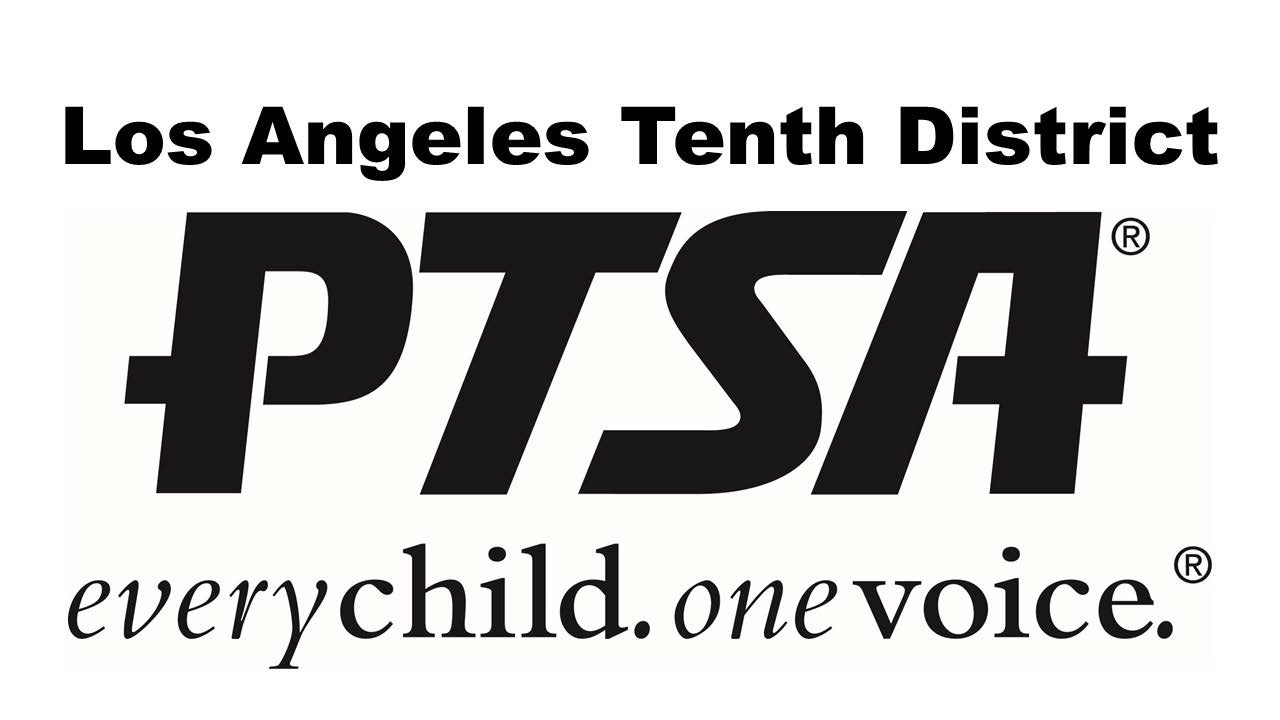Communications
Publication Guidelines
PTAs are encouraged to communicate with PTA members and the school community. Each unit must determine what will best meet the needs of its members and community, and what will best suit its budget. Options include:
- Brochures
- E-mail Mailing List
- e-newsletters
- Flyers
- Newsletters
- website
PURPOSES OF PTA PUBLICATIONS
Encourage involvement with the child in the home and in the school.
Inform every family in the school of the aims and accomplishments of the unit.
Encourage attendance at PTA meetings and parent involvement in PTA projects and activities. Foster cooperation with the school in keeping parents informed about school functions regulations and/or procedures on child related issues.
Inform the community about PTA activities and school functions.
GUIDELINES FOR ALL PUBLICATIONS
Adhere to PTA noncommercial, nonpartisan and nonsectarian policies. (Background for Communications 6.2.2, 263 and Basic Policies for all PTAs 1.3, 16).
All material must be cleared with the PTA president and school principal before printing. The principal is responsible for the accuracy of school information and compliance with the State Education Code and school district policy Article VI, Section 1i, Bylaws for Local PTA/PTSA Units).
The PTA president is responsible for the accuracy of PTA information and compliance with PTA policies.
Never present material critical of any individual or group. To do so may expose the PTA to a libel suit.
Incorporate the current statewide membership theme and PTA logo in PTA communications. This will show a unity of effort and purpose, as well as demonstrate the units participation in a national organization.
Avoid publishing the last name and phone number of a volunteer who handles PTA funds.
Publish only a summary of actions taken from the PTA association meeting minutes.
Do not publish, without written permission, personal information about students or adults. This includes:
- Photographs of students or adults (with/without first or full names);
- Home addresses and/or telephone numbers of students or adults;
- E-mail addresses of students or adults; and
- Students or adult class schedules.
Date all materials.
Always make it easy for the reader to identify and find the PTA. List the following items:
- Name of the unit, council or district PTA;Contact information (units should use school address; council and district PTA should use office or mailing address); and
- Name of other PTA levels to which the unit belongs (council and district PTA, California State PTA and National PTA).
- Most important, include an e-mail address and phone number, so that a member can be reached for more information about the organization.
Refer to the California State PTA Toolkit Style Guide for correct PTA terminology and formatting.
